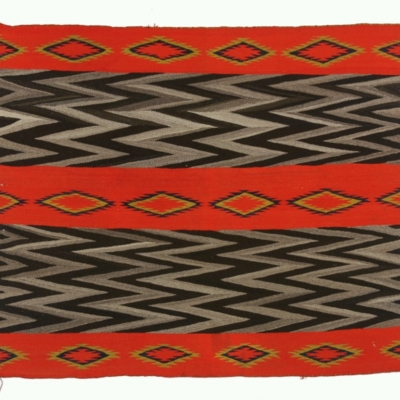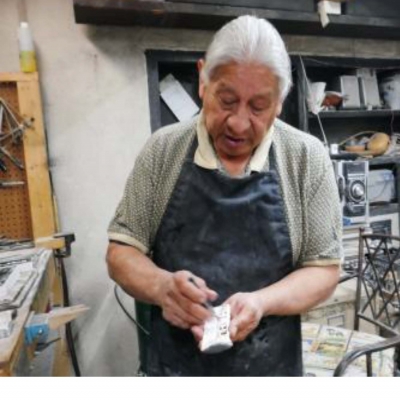Current Exhibitions
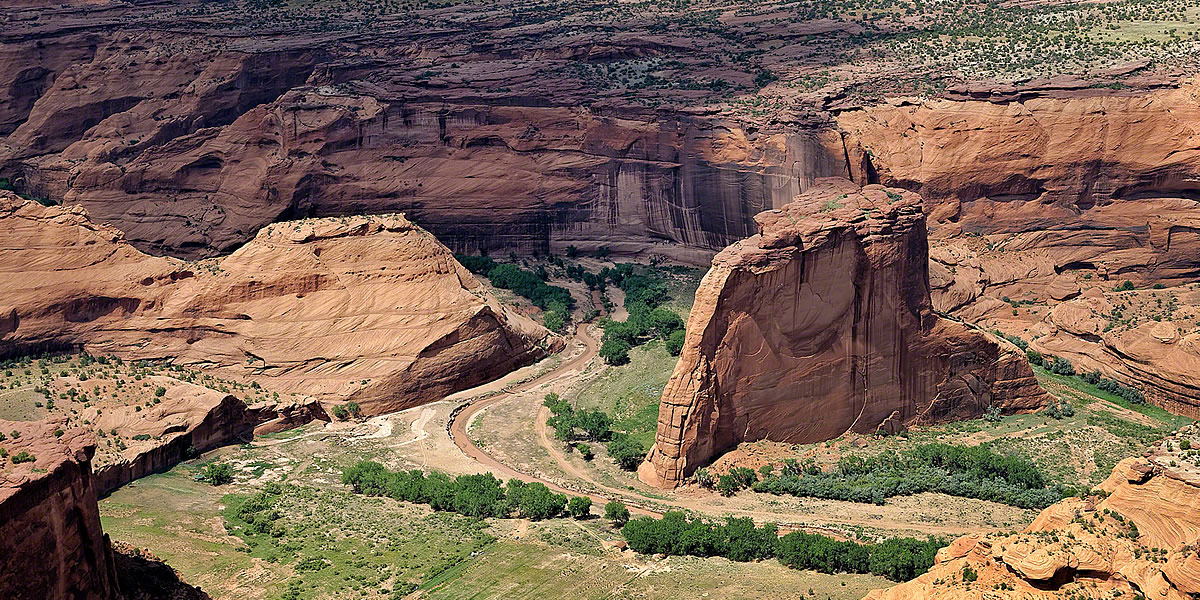
Oblique Views: Archaeology, Photography, and Time
Oct 25, 2015 — May 7, 2017
For the first time in Oblique Views: Archaeology, Photography, and Time, large prints of Heisey’s stunning images will be paired directly with the Lindberghs’. The exhibition opens October 25, 2015 and runs through May 7, 2017 at the Museum of Indian Arts and Culture.
During 2007 and 2008, flying at alarmingly low altitudes and slow speeds, Adriel Heisey leaned out the door of his light plane, and holding his camera with both hands, re-photographed some of the Southwest’s most significant archaeological sites that Charles Lindbergh and his new bride Anne photographed in 1929.
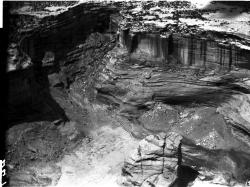
Standing Rock
Standing Rock in Canyon del Muerto. An archaeological site dating between AD 1100 and 1300 is visible on the lower bench of Standing Rock, closest to the viewer. A circular arrangement of plants in a Navajo field, visible to the left of the rock, suggests that it was an orchard or, less likely, that a center-pivot irrigation system was used there. Photograph by Charles A. and Anne Morrow Lindbergh, 1929.
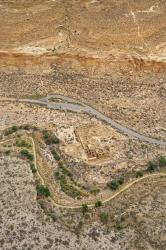
Pueblo del Arroyo
In the years since the Lindberghs took their photograph of Pueblo del Arroyo, Chaco Wash has been channelized and the arroyo banks have been rebuilt around the tri-walled structure. Most but not all of the pueblo rooms excavated by Judd are still open; some have been backfilled to add stability to the structure. Most of the historic features visible in the Lindbergh photograph have been removed by the National Park Service, although Chaco Canyon Cemetery, burial place of Richard and Marietta Wetherill and present but largely invisible in 1929, can easily be seen against the canyon wall. The park service has added a paved road, a parking lot, and trails for visitors touring the site. Controlling the wash and the removal of grazing stock animals have allowed the vegetation in the canyon to recover. Photograph by Adriel Heisey, 2008.
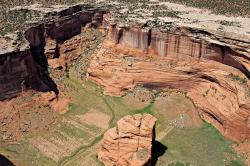
Standing Rock
Standing Rock in Canyon del Muerto. This scene is much like that in 1929, except that the stream has changed its course and the field is now planted in a more standard linear layout. The field is smaller than in 1929 because a small slump of debris from the canyon wall to the left extends farther than it used to. Perhaps in response, additional fields have been planted. Photograph by Adriel Heisey, 2008.
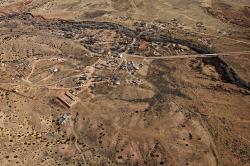
Galisteo
Galisteo is now considered statistically part of the Santa Fe metropolitan area, although it is still remote and has a population of less than three hundred people. It is home to a number of well-known artists and scholars, as well as families traditionally linked to the area, none of whom farm on the scale of the past. Galisteo Creek no longer washes away vegetation in the streambed, which now appears to be a lush forested strip. The church and cemeteries remain, as does the layout of the colonial village. Traces of the old narrow fields can still be seen. Photograph by Adriel Heisey, 2015.


